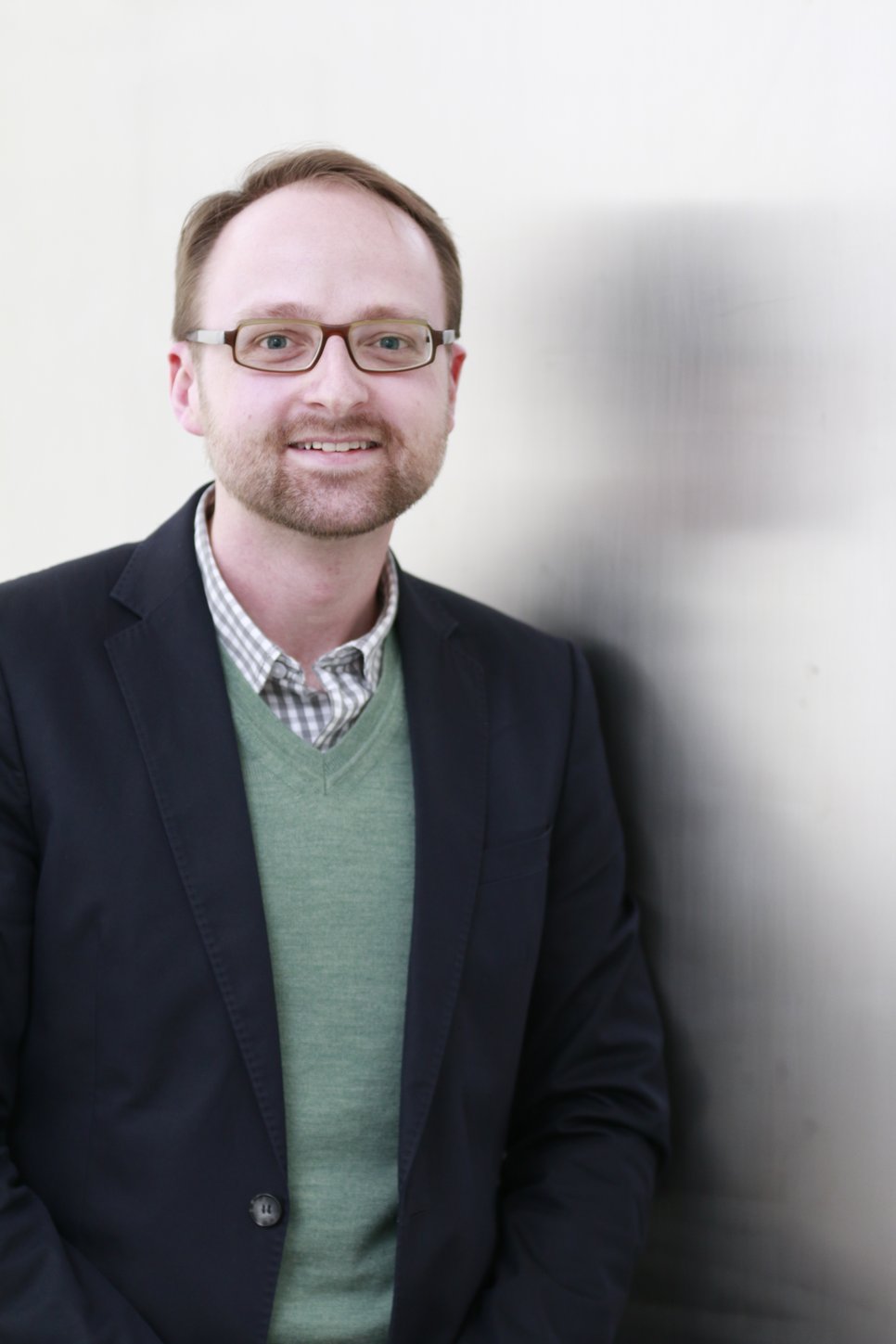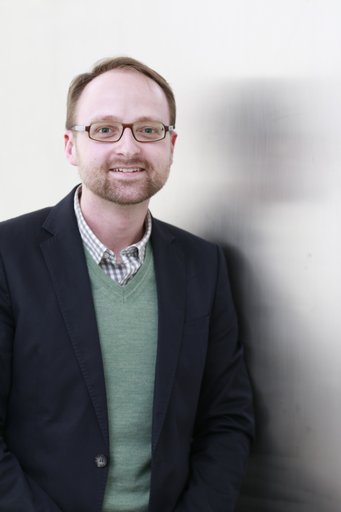Scientists at the MPIE

Dr. Eric Jägle is head of the newly established research group “Alloys for Additive Manufacturing” in the department “Microstructure Physics and Alloy Design”.
The main funding of the group comes from a joint project of the MPIE and the Fraunhofer Institute for Laser Technology. The group’s key purpose is to understand the impact of additive manufacturing (AM) on the micro- and nanostructures of the em-ployed alloys. This understanding is necessary to, on the one hand, develop metallic materials suitable for additive manufacturing (alloys for AM) and, on the other hand, exploit the AM processes in novel material synthesis routes (alloys by AM).
Jägle did his PhD at the Max-Planck-Institut für Metallforschung in Dtuttgart (Germany) about the mesoscopic simulation of microstructures during solid-solid phase tranformations and continued his studies as a postdoctoral researcher at the MPIE since 2011, focusing on the analysis of phase transformations by Atom Probe Tomography, before becoming group head in 2015.

Dr. Christian Liebscher is head of the newly established group “Advanced Transmission Eletron Microscopy” in the department “Structure and Nano-/Micromechanics of Materials”.
The group’s main target is to analyse the atomic structures of materials and their relationship to the materials’ properties by using advanced transmission electron microscopy (TEM) techniques. Before being group head at the MPIE, Liebscher worked as a staff scientist at the Interdisciplinary Center for Analytics on the Nanoscale of the University Duisburg-Essen (Germany). He did his postdoctoral studies at the University of California, Berkeley and the National Center for Electron Microscopy at the Lawrence Berkeley National Laboratory (both USA) where he remained for three years. Liebscher pursued his PhD studies at the University of Bayreuth (Germany) about “High resolution phase and dislocation analysis in Pt- and Ni-based superalloys”.
One of Liebscher’s current research projects deals with S in Cu and its location in the lattice and segregation to the grain boundaries. Having investigated this topic, the results can easily be transferred to steel and related alloys. The impact of grain boundary segregations in Cu will also be investigated by in situ nanomechanical testing in the TEM. Another research topic revolves around the nanostructural design of precipitation strengthened ferritic alloys with hierarchical microstructure for high temperature applications.

